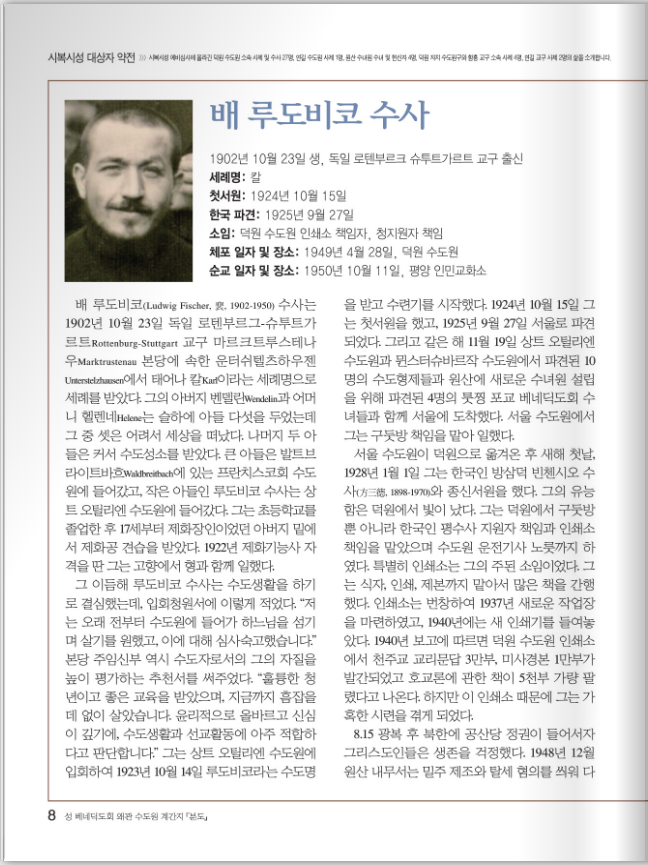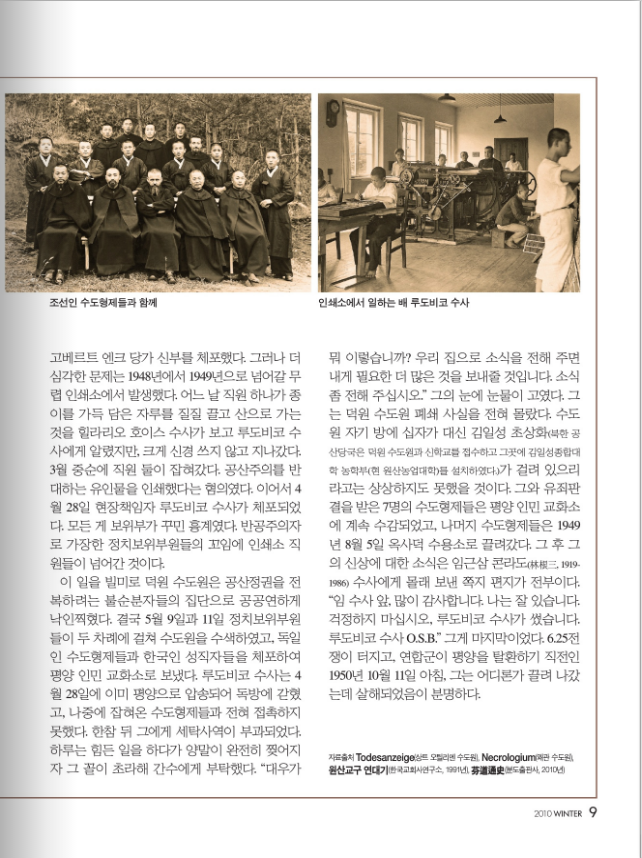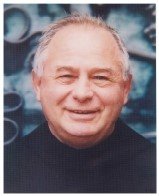Newsletter Fall 2022 – translated by Papago

**** This letter was translated Korean into English by Papago translator (papago.naver.com) ***
Fall of 2022
Dear friends of St. Paul’s Abbey
Chuseok, Korean’s unique holiday, has passed, and now grains and fruits are becoming more ripe. Last year, it rained a lot and the heat continued, and this summer, it did not rain for a long time, so it was given to dry trees in large barrels, but some newly planted Dogwoods around the path of grace and the monastery bowed their heads due to heat and thirst. Fortunately, it rained before and after Chuseok, so the drought was resolved and the trees were revived.
Although the coronavirus is still making our lives difficult, the number of visitors and customers visiting the monastery is steadily increasing, and many people came to the monastery vegetable garden to pick peppers and have a good time at the wondumak (a shed on stilts for a melon patch guard). As the saying goes, the land hardens more after rain, and we are suffering from the coronavirus we are experiencing and conflicts and wars all over the world, but if we overcome these difficulties with faith and hope in the Lord, our lives will become more mature and rich. Our Newton Abbey still has many things to solve and many difficulties, but we live faithfully with hope from the Lord.
Our brothers held an annual retreat from September 12 to 16 under the guidance of Father Choi Jong-Geun (Pacomio) of St. Joseph’s Abbey in Korea. And I’m going to leave for Germany to attend the General Assembly of the Union at St. Ottilien Abbey in Germany with Father Pacomio. I think by the time we get this letter, we’re in the middle of a general meeting. The story of the General Assembly and the news of the monastery after Easter will be delivered at Christmas greetings.
These days, mail may not be delivered properly, so I would like to give you the exact address of the monastery.
Street address Mailing address
St. Paul’s Abbey St. Paul’s Abbey
289 US Highway 206 P.O. Box 7
Newton, NJ 07860 Newton, NJ 07860
By the way, please make sure to send a letter or mail it through the post office to the mailing address. This is because when you come to the Street address from the post office, it is often sent back or not delivered properly.
If you want to apply for a mass at the monastery, please feel free to write with your intentions, and if you want to dedicate the All-Souls masses during November, please apply for a memorial mass in the enclosed envelope and send it.
Our Newtonian community is always grateful for your prayers and help and is praying for the Lord’s great grace and love to fall in abundance.
Sincerely yours
Fr. Samuel Kim, O.S.B., Prior
and the monks of St. Paul’s Abbey.




